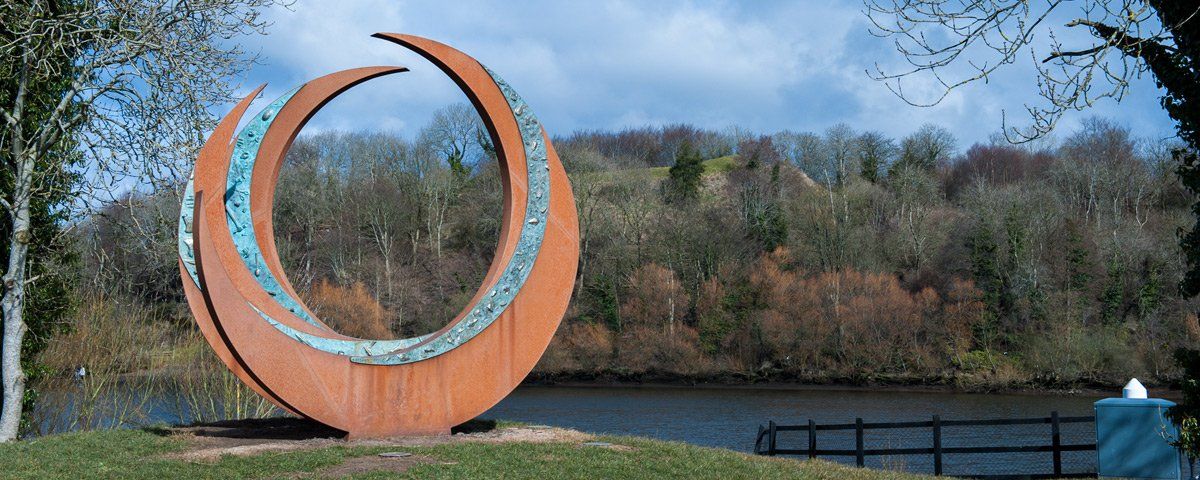Mountsandal is one of the earliest recorded settlement in Ireland, these hunter gathers would have more than likely moved up river from settlements in the dune system at Portstewart. The whole country would have been densely forested and rivers provided the easiest way to travel. They lived by hunting animals, fishing and gathering nuts, berries and natural foods. When they encountered the rapids at the Salmon Leap or Cutts they discovered an ideal site with abundant salmon. An adjacent area was excavated by Peter Woodman in 1972 and provided evidence of these early settlers dating back to 7000 BC, the oldest recorded site of human settlement in Ireland. The evidence uncovered included hut sites, hearths, storage pits, flint workings and food remains of fish, wild boar, birds and nuts.
Mountsandel Fort as we see it today was an older fort taken over and developed as a strategic fort by the Normans before the development of the bridge and castle at Coleraine. There may have been a ford or crossing point here, perhaps downstream from the rapids, a fort would have provided strategic control of movement. The Cutts derived its name from work that was done in the 1660s, the rapids here prevented goods being shipped up and down the river, the Honourable Irish Society funded a project to cut a channel through the rock and created lock gates to make the river navigable from Coleraine to Lough Neagh.
Prior to this goods would have been unloaded from one vessel carried upstream and then loaded onto another vessel. The river is tidal up to here which is nine kilometres from the sea. The Bann river is one of the most prolific salmon rivers in the country, the remains of salmon traps which closed in 1995 used to account for 2500 salmon per year. Today the salmon have a free run to their spawning grounds in the tributary rivers flowing into the Bann. You can walk from Coleraine via a riverside walk through woodland to Mountsandel and past the Cutts, the paths are both up on the high ground and along the riverside below the ancient Fort, wildlife is abundant and includes kingfishers, herons and ducks.



